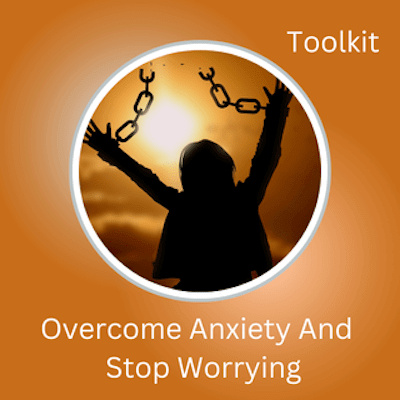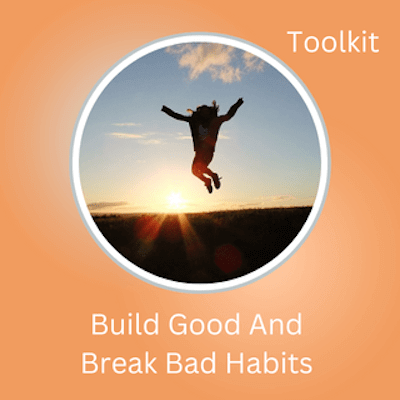The Art of Setting Boundaries: Say No. Speak Up. Take Back Control.
4 Powerful Worksheets And Exercises
Saying
no and speaking up is often easier said than done. There is this constant
fear of disappointing others, offending them, or even losing them. And not to forget the unpleasant and harmful
feeling of guilt when we refuse to do things for others.
Setting boundaries means standing up for yourself and your desires and needs. It's essentially the process of reclaiming your
freedom and
taking back control. Because always doing what you think people expect from you is the safest way to become
unhappy and
frustrated. If your problem is saying no, you’ll find the
step-by-step answer in these four worksheets.
Healthy boundaries are a building block for our own
satisfaction, harmonious relationships, and, last but not least, our
health. Notorious people pleasers will sooner or later feel
powerless and drained and can't get rid of the feeling of neglecting themselves.
Setting healthy boundaries means...
- recognizing your needs, desires, and values and claiming them.
- knowing what you are willing to give or do for others.
- recognizing what is good for you and what is harmful.
- to deal with situations that harm you or that you don't like.
- stop being a doormat and taken advantage of by others.
- to stand up for yourself and take back control.
No matter if it's setting boundaries in a
relationship, in the
family, among
friends, or at
work:
We all face the everyday
challenge of saying no, speaking up, and standing our ground if we don't want to be taken over by others.


But what does healthy boundaries look like? How to say no without feeling guilty and offending those around us?
This Toolkit is the key:
Four worksheets and exercises provide a powerful
step-by-step guide for more
self-care and
assertiveness. They help you set limits, know and express your needs, and create healthy relationships.
The easy-to-follow step-by-step structure is based on the latest methods of
modern behavioral therapies (CBT).
Being able to say no is a real
self-confidence and
self-respect booster.
Are you tired of feeling guilty or afraid of putting your
mental and
physical health first? Are you ready to regain
control of your life and create healthy and balanced relationships?
This Toolkit will show you how to speak up, set limits, and assert yourself confidently!
Support clients on their Road to Genuine Happiness and Satisfaction in Life!
You will also receive
detailed instructions for the use and effect of
each worksheet and tool.
Every tool comes as a
professionally-designed printable PDF,
brandable .docx, and text file including instructions on how to use it.
+ It will be immediately unlocked in your CleverMemo Account if you have one.

Get the Toolkit today for only $29
(+ VAT if applicable - One-time purchase)












